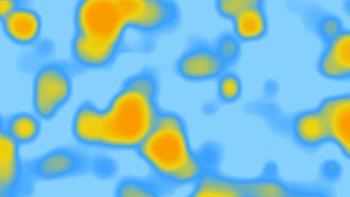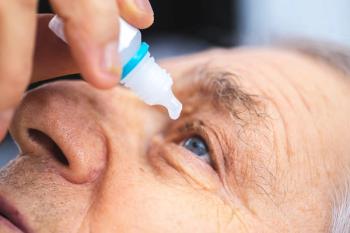
Saudi Arabian study finds knowledge gaps in public understanding of glaucoma and cataracts
A survey collected demographic data, ocular and medical history, and responses assessing knowledge of glaucoma and cataracts in the Qassim region of Saudi Arabia.
A cross-sectional study was conducted in the Qassim region of Saudi Arabia to assess the public’s knowledge of
The survey collected demographic data, ocular and medical history, and responses assessing knowledge of glaucoma and cataracts via an online electronic questionnaire distributed by social media platforms.
A total of 401 participants completed the survey, of whom 167 (41.6%) were male and 234 (58.4%) were female, and 94% of the total respondents were Saudi nationals. Furthermore, 307 (76.6%) of respondents held a bachelor’s degree, and 101 (25.2%) worked in the health care field. Among the participants, 235 (58.6%) had previously visited an eye clinic, while the rest never had.
A family history of glaucoma or cataracts was reported by 132 (26.9%) of the participants, and 235 (58.6%) personally knew someone with either condition. When asked about glaucoma, only 95 (23.7%) correctly identified it as damage to the optic nerve due to increased eye pressure, whereas 110 (27.4%) incorrectly believed it to be clouding of the lens, and 109 (27.2%) stated they did not know the correct answer. In regard to cataracts, 177 (44.1%) correctly identified it as clouding of the lens, but 64 (16%) confused it with optic nerve damage, and 83 (20.7%) were unsure.
Participants most attributed diabetes, family history, and age over 60 years as risk factors for glaucoma and cataracts. However, modifiable risk factors such as smoking, corticosteroid use, and excessive sun exposure were poorly recognized, with less than 20% of participants correctly identifying them.
When asked about the symptoms of glaucoma and cataracts, 92 (22.9%) correctly associated them with glaucoma, whereas 94 (23.4%) incorrectly attributed them to cataracts, and 91 (22.7%) were uncertain. Blurry vision was correctly identified as a symptom of cataracts by 132 (32.9%) of participants, yet 98 (24.4%) associated it with glaucoma, and 82 (20.4%) reported not knowing. Lastly, when asked about tunnel vision, 132 (32.9%) of respondents were unsure it was a symptom of glaucoma, whereas 93 (23.2%) correctly linked it to glaucoma.
Of those surveyed, 193 (48.1%) and 161 (40.1%) of participants correctly stated that glaucoma and cataracts can lead to blindness, respectively. Although 163 (40.6%) and 120 (29.9%) correctly stated that glaucoma and cataracts can be treated with medication. Additionally, 129 (32.2%) incorrectly noted that vision loss due to glaucoma is reversible.
According to the results, a significant association between educational level and correct identification of cataract was seen, with participants holding higher education degrees demonstrating better understanding. However, no significant correlation was seen between educational level and correct identification of glaucoma. Health care workers were significantly more likely to correctly identify glaucoma and cataracts compared to non-health care workers.
Authors did note several limitations to the data, such as the online self-reported questionnaire may have introduced selection bias, self-reported knowledge may not accurately reflect actual understanding as some participants may have guessed responses or had difficulty recalling information, and the study was conducted in the Qassim region of Saudi Arabia, and findings may not be generalizable to other regions with different health care access and awareness levels.
However, authors emphasized the need for structured public health initiatives to improve eye health literacy, and targeted awareness campaigns, mass media outreach, and integrating eye health education into primary care services might help.
Importance of patient education
In an interview with Optometry Times, Deborah Ristvedt, DO, underscored the importance of educating patients to improve follow-up adherence and reduce patient anxieties concerning surgical procedures.
"I really think that educating patients in the community in regards to what glaucoma is and what treatment options we have is where we need to start first, and it really comes to collaborating between ophthalmology and optometry to get around this new paradigm when it comes to treating glaucoma patients," she said.
References:
- Alswaina N, Alayed F M (April 08, 2025) Public Awareness and Knowledge of Glaucoma and Cataract: A Cross-Sectional Study. Cureus 17(4): e81928. doi:10.7759/cureus.81928
Newsletter
Want more insights like this? Subscribe to Optometry Times and get clinical pearls and practice tips delivered straight to your inbox.








































